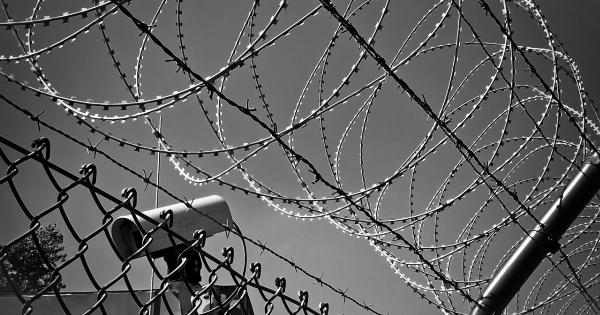Playing hide and seek with our dogs can be a fun and engaging activity for both the dogs and their owners. It allows for mental stimulation, exercise, and strengthens the bond between the pet and their human.
However, just like any other game or activity, there are certain risks associated with playing hide and seek with our furry friends. In this article, we will explore these risks and provide tips on how to mitigate them.
Risk of Injury
One of the major risks of playing hide and seek with dogs is the potential for injury. This can occur in a variety of ways, such as the dog running into furniture or other objects while searching for their owner.
Additionally, dogs might accidentally knock over items or even injure themselves while trying to navigate through tight spaces.
Loss of Trust
Another risk involved in playing hide and seek with our dogs is the potential loss of trust. Dogs are highly perceptive creatures, and any negative experiences during the game can leave a lasting impact.
If a dog becomes scared or anxious while searching for their owner, it may lead to a breakdown in the trust they have for their owner. This can have consequences in other areas of the dog’s life, such as training and overall behavior.
Separation Anxiety
Hide and seek games can inadvertently contribute to separation anxiety in dogs. Dogs are social animals and thrive on the presence and attention of their human companions.
When a dog is repeatedly separated from their owner during the game, it may trigger feelings of distress and anxiety. This can lead to destructive behavior, excessive barking, or even self-harm in extreme cases.
Ingestion of Harmful Objects
Dogs have a natural tendency to explore and investigate their surroundings using their mouths. During a game of hide and seek, it is not uncommon for dogs to come across objects that may be harmful if ingested.
This can include small toys, household items, or even toxic substances if the game is being played outdoors. Ingesting such objects can pose a significant health risk to our furry friends.
Aggression or Fear-Based Behaviors
Playing hide and seek can trigger certain aggressive or fear-based behaviors in some dogs. These behaviors may manifest if the dog feels threatened or startled during the game.
Dogs that are possessive of their space or have a history of fear or aggression towards strangers may exhibit these behaviors. This can lead to stress and potentially dangerous situations for both the dog and the people involved.
Physical Exertion
While physical exercise is generally beneficial for dogs, it is important to consider their individual health and fitness levels when playing any game.
Dogs with underlying health conditions, older dogs, or those who are not accustomed to intense physical activity may be at risk of overexertion during a game of hide and seek. This can result in exhaustion, muscle strain, or even more serious health issues, such as heatstroke.
Environmental Hazards
Outdoor hide and seek games carry the additional risk of exposure to various environmental hazards. These hazards can range from extreme weather conditions to encounters with aggressive wildlife.
It is essential to assess the surroundings and ensure the safety of the area before playing hide and seek with our dogs outdoors.
Distrust of Strangers
Hide and seek games often involve the participation of other people, such as friends or family members. While this can enhance the fun and excitement of the game, it can also result in dogs developing a general distrust of strangers.
If a dog has a negative experience during the game, such as being scared or startled by someone they don’t recognize, it may lead to a generalized fear or aggression towards unfamiliar individuals.
Anxiety and Stress
Some dogs are more prone to anxiety and stress than others. Playing hide and seek can elevate their anxiety levels, especially if they struggle with coping mechanisms or have had previous traumatic experiences.
High-stress levels can negatively impact a dog’s overall well-being and potentially worsen any existing behavioral issues.
Socialization Difficulties
Hide and seek games can inadvertently contribute to socialization difficulties in dogs. If the dog is predominantly playing with the same person or a small group of individuals, they may become less comfortable in the presence of new people.
This can make it challenging for the dog to interact and socialize with unfamiliar individuals or other dogs in different settings.
Conclusion
While playing hide and seek with our dogs can be a delightful and entertaining activity, it is crucial to be aware of the potential risks involved.
By understanding these risks and taking necessary precautions, we can ensure a safe and enjoyable experience for both our furry friends and ourselves. Remember to provide a secure environment, assess the dog’s comfort level, and prioritize their well-being throughout the game.































